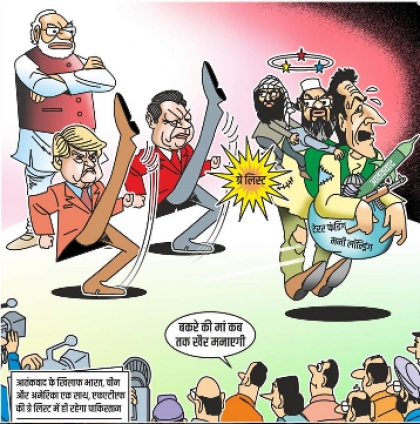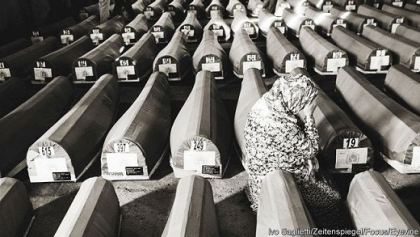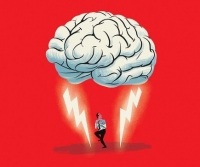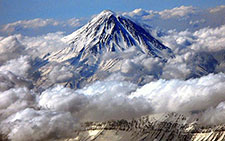
مطالب نویسنده (849)
فهرست مطالب
آخرین ویرایش در دوشنبه, 28 آذر 1401 ساعت 08:54
آخرین ویرایش در چهارشنبه, 23 آذر 1401 ساعت 09:49
آخرین ویرایش در جمعه, 18 آذر 1401 ساعت 12:20
آخرین ویرایش در دوشنبه, 14 آذر 1401 ساعت 17:16























